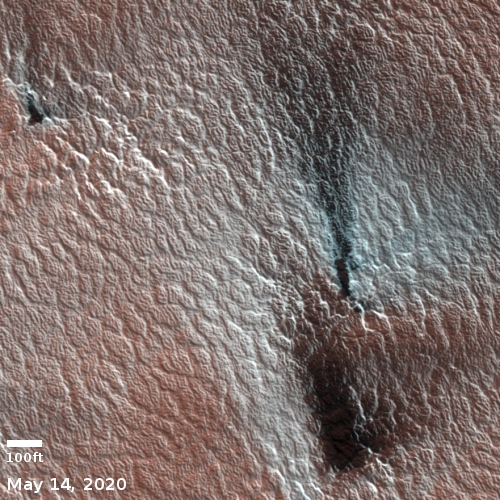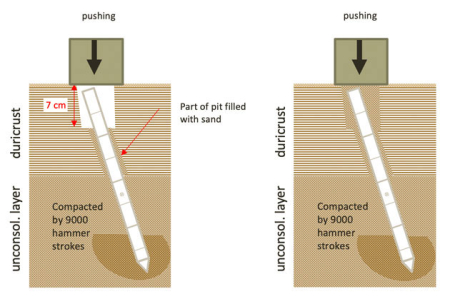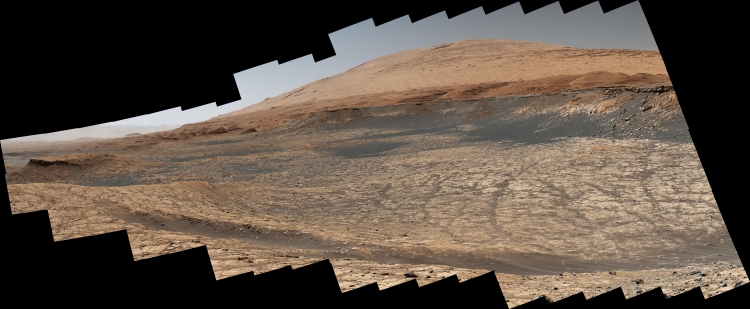Launch failure for China’s new Kuaizhou-11 rocket
For reasons not yet specified, China’s new Kuaizhou-11 rocket today failed on its inaugural launch.
Many reports will say that this is a commercial rocket developed by the private company Exspace. That is not true. Like all Chinese aerospace companies, they do their work wholly under the supervision of the Chinese government.
The development of the KZ-11 began in 2015, with a maiden launch originally scheduled for 2018. The rocket is developed by China Aerospace Science and Technology Corporation (CASIC) and commercialized by the China Space Sanjiang Group Corporation (Expace).
The launch vehicle can loft a 1,500 kg payload into a Low Earth Orbit (LEO) or 1,00 kg to a 700 km sun-synchronous orbit.
The KZ-11 solid launch vehicle adopts a mobile launch platform, integrated power supply equipment, test and launch control facilities, aiming facility and temperature control facility, to carry vehicles from the technical support center to launch site, complete temperature control of payload, vehicle test and launch.
CASIC is in many ways China’s equivalent of NASA. And everything described in the last paragraph above, from solid rockets to mobile launches, are technologies developed expressly for military purposes. China will not let such things out for commercial companies to use however they wish, no matter what they claim.
For reasons not yet specified, China’s new Kuaizhou-11 rocket today failed on its inaugural launch.
Many reports will say that this is a commercial rocket developed by the private company Exspace. That is not true. Like all Chinese aerospace companies, they do their work wholly under the supervision of the Chinese government.
The development of the KZ-11 began in 2015, with a maiden launch originally scheduled for 2018. The rocket is developed by China Aerospace Science and Technology Corporation (CASIC) and commercialized by the China Space Sanjiang Group Corporation (Expace).
The launch vehicle can loft a 1,500 kg payload into a Low Earth Orbit (LEO) or 1,00 kg to a 700 km sun-synchronous orbit.
The KZ-11 solid launch vehicle adopts a mobile launch platform, integrated power supply equipment, test and launch control facilities, aiming facility and temperature control facility, to carry vehicles from the technical support center to launch site, complete temperature control of payload, vehicle test and launch.
CASIC is in many ways China’s equivalent of NASA. And everything described in the last paragraph above, from solid rockets to mobile launches, are technologies developed expressly for military purposes. China will not let such things out for commercial companies to use however they wish, no matter what they claim.







